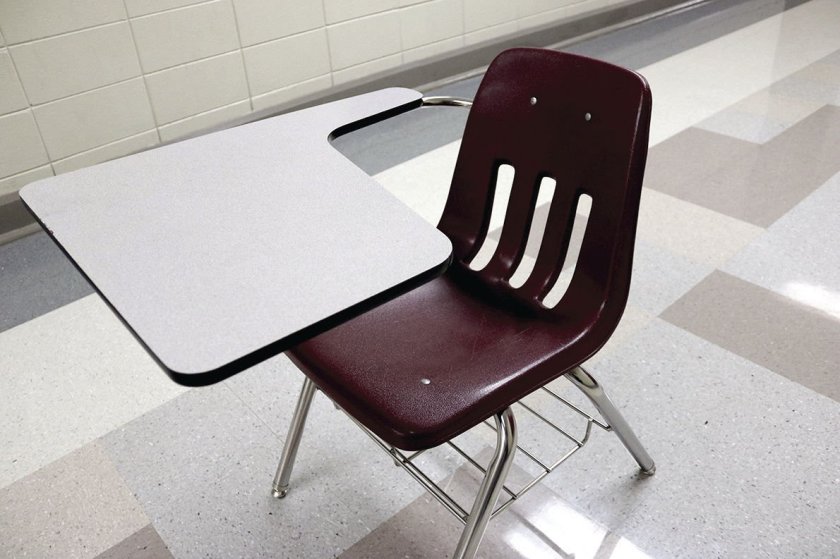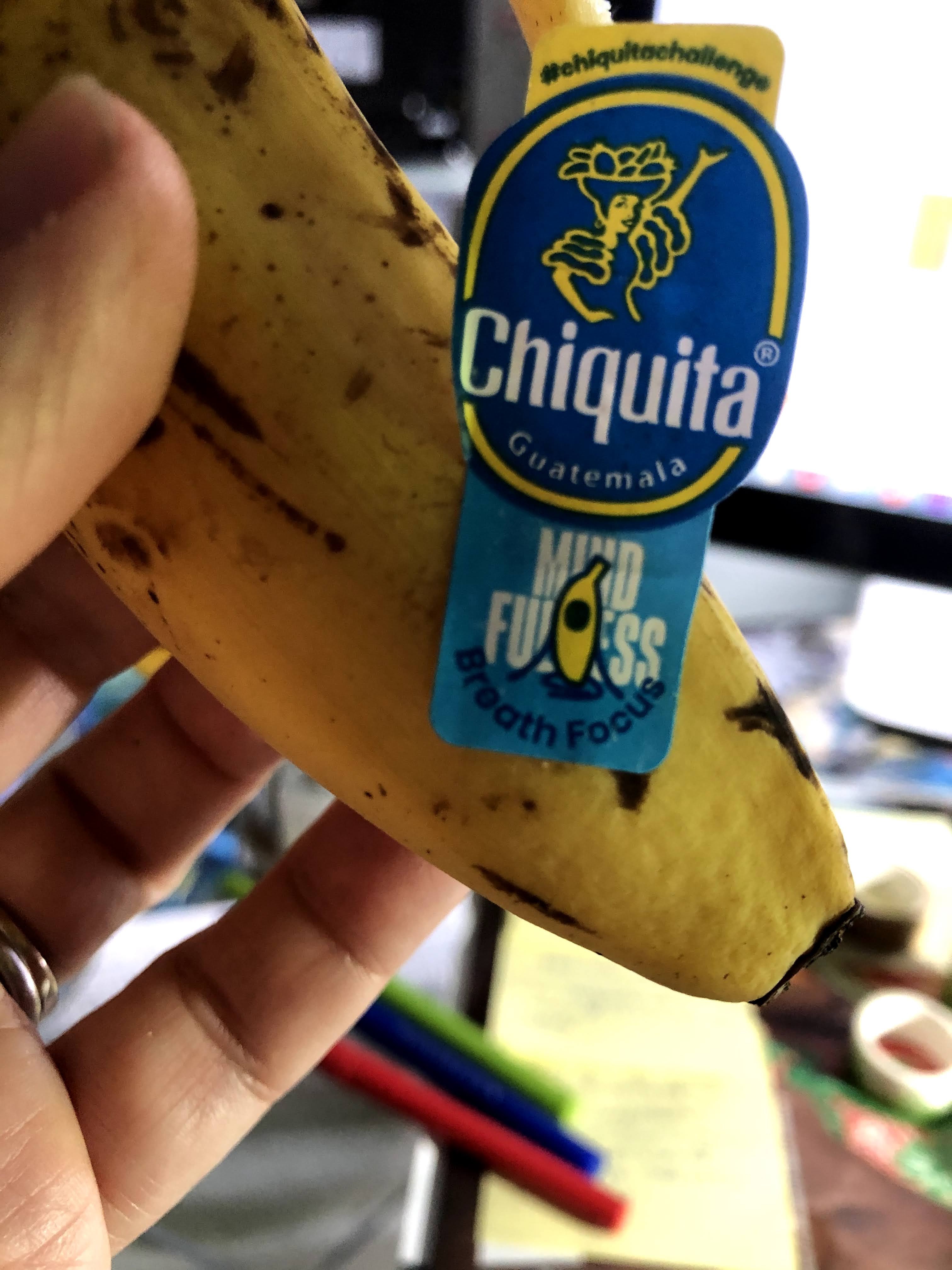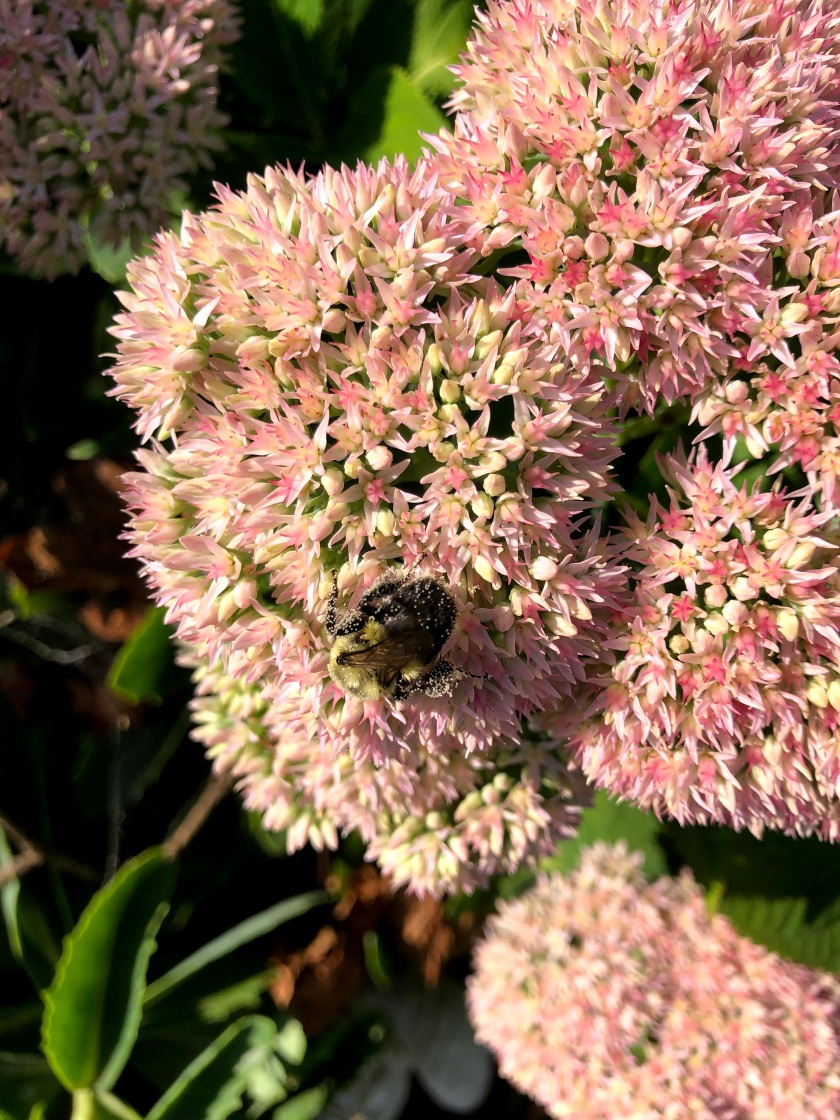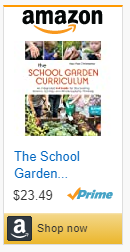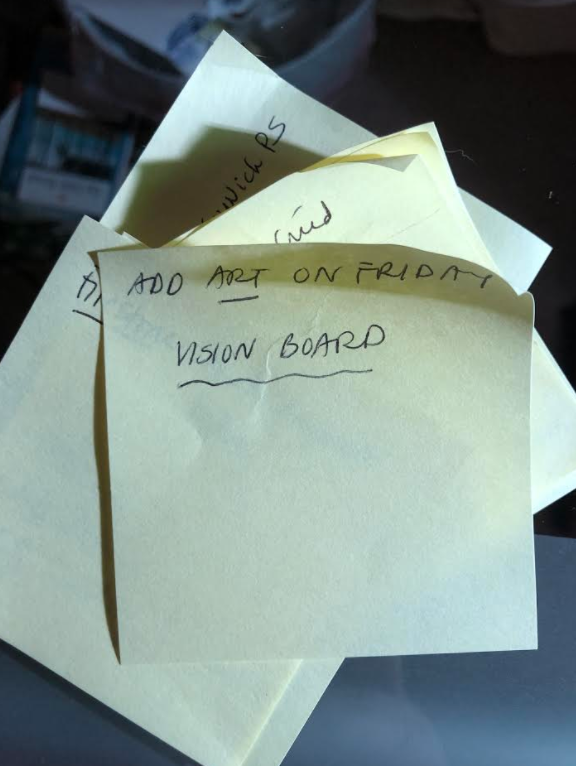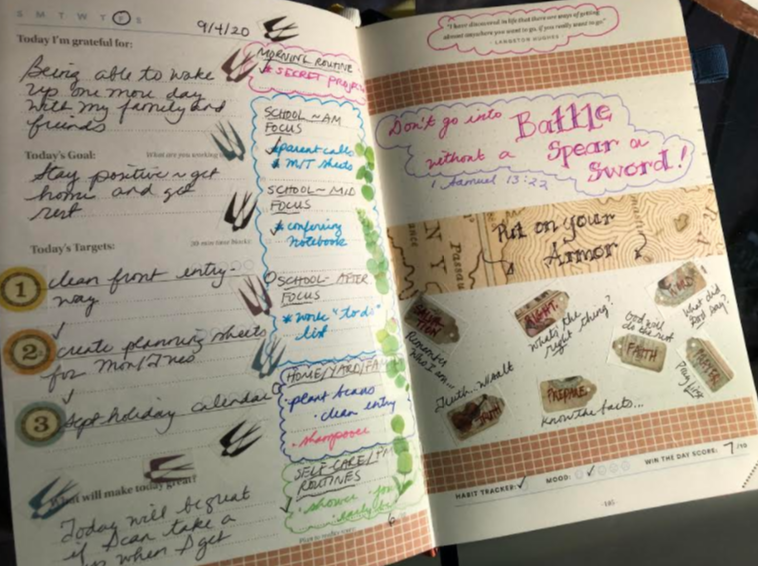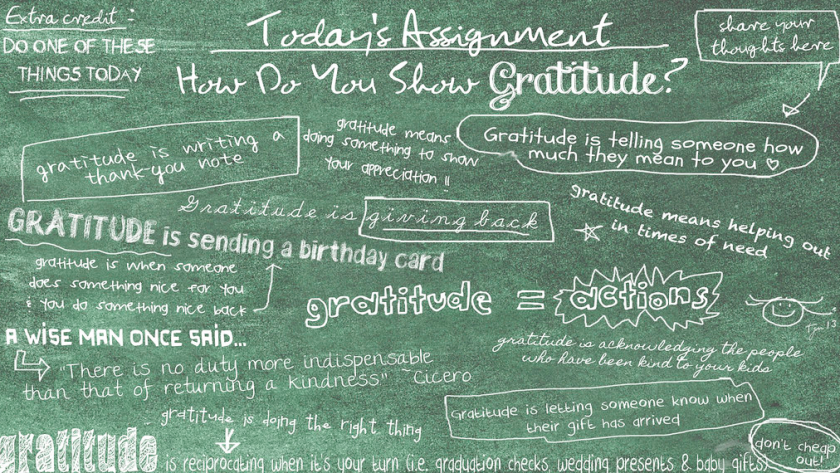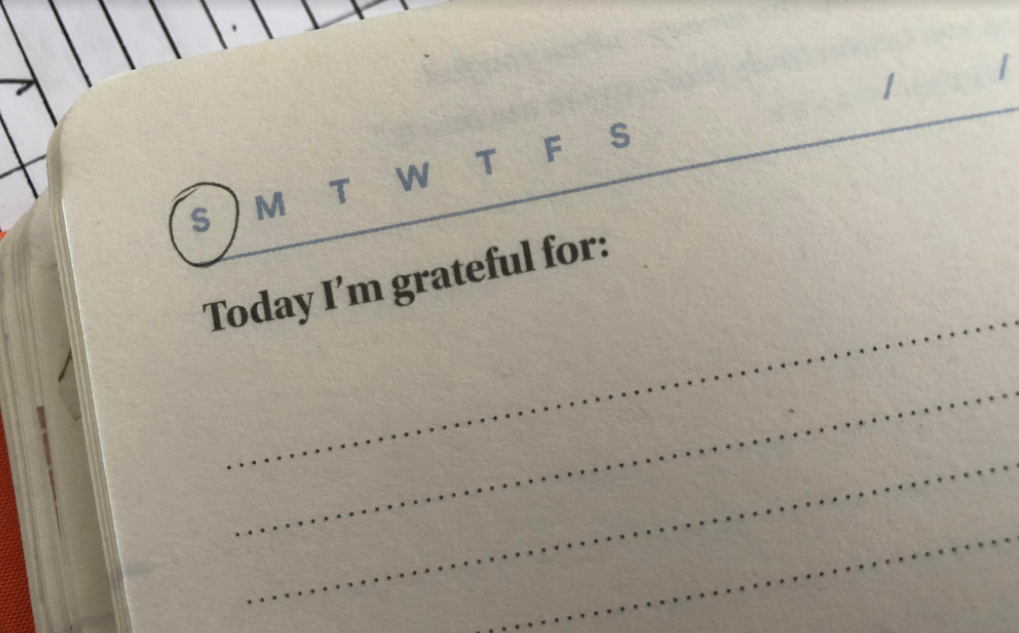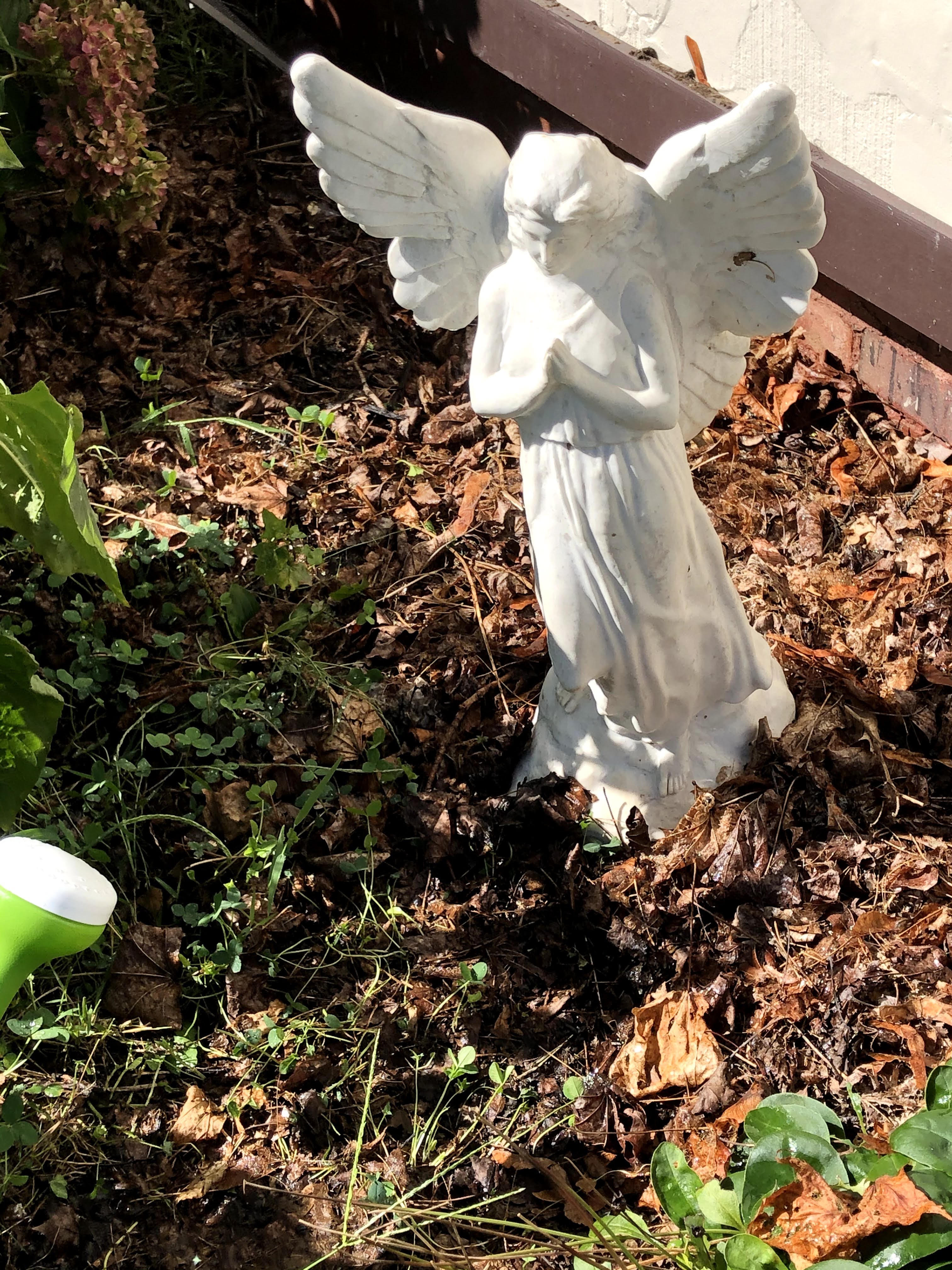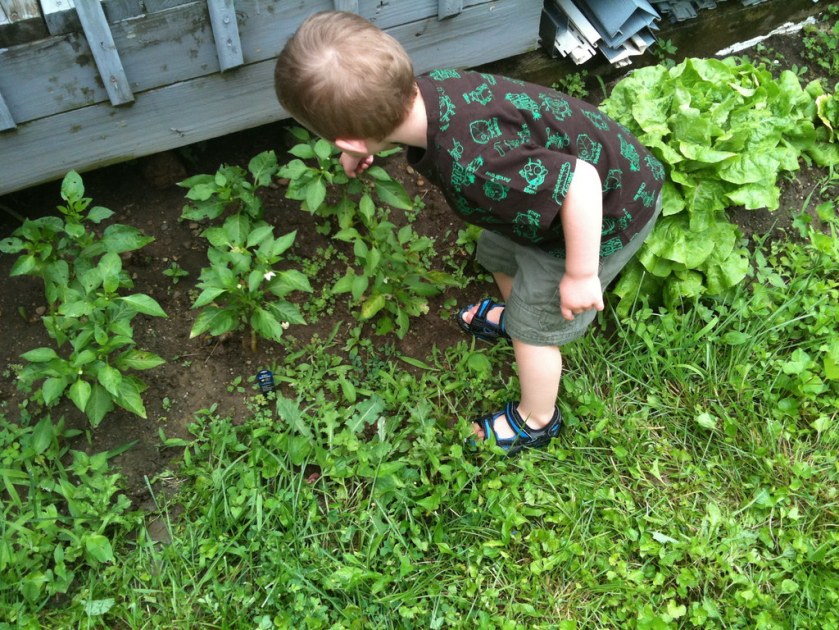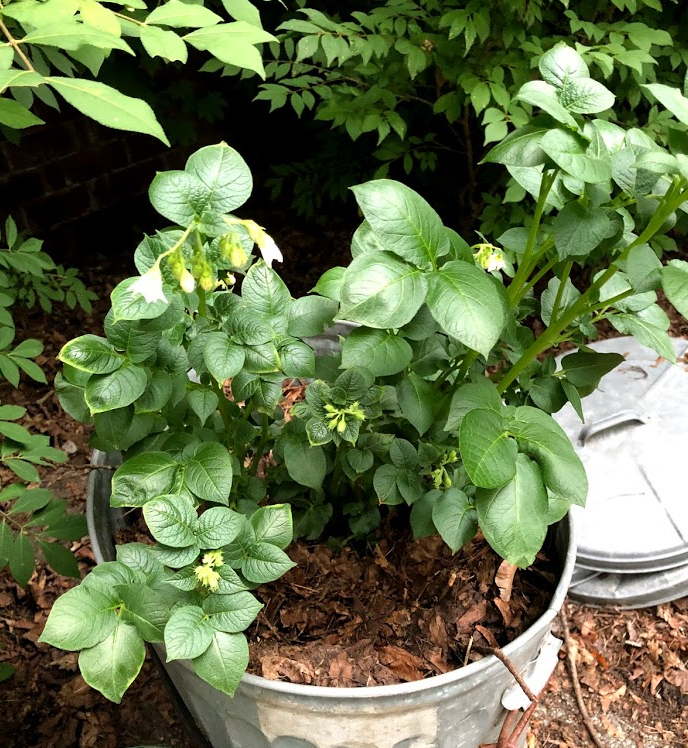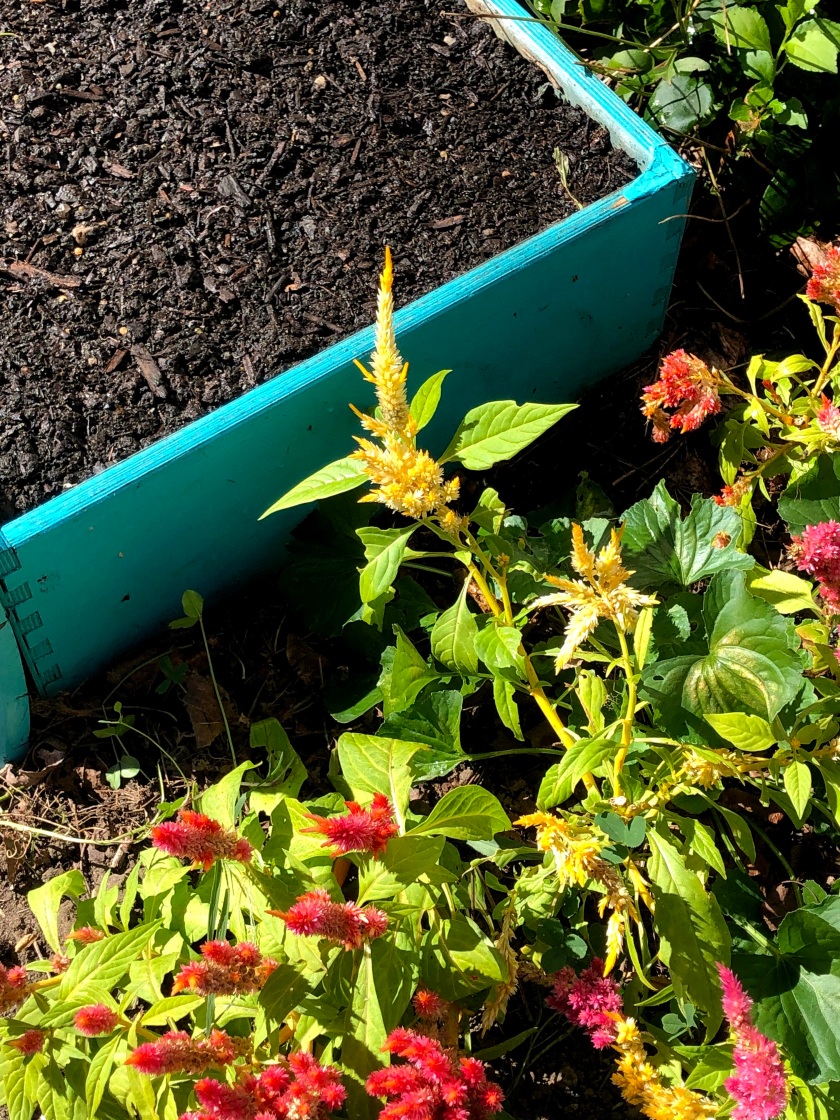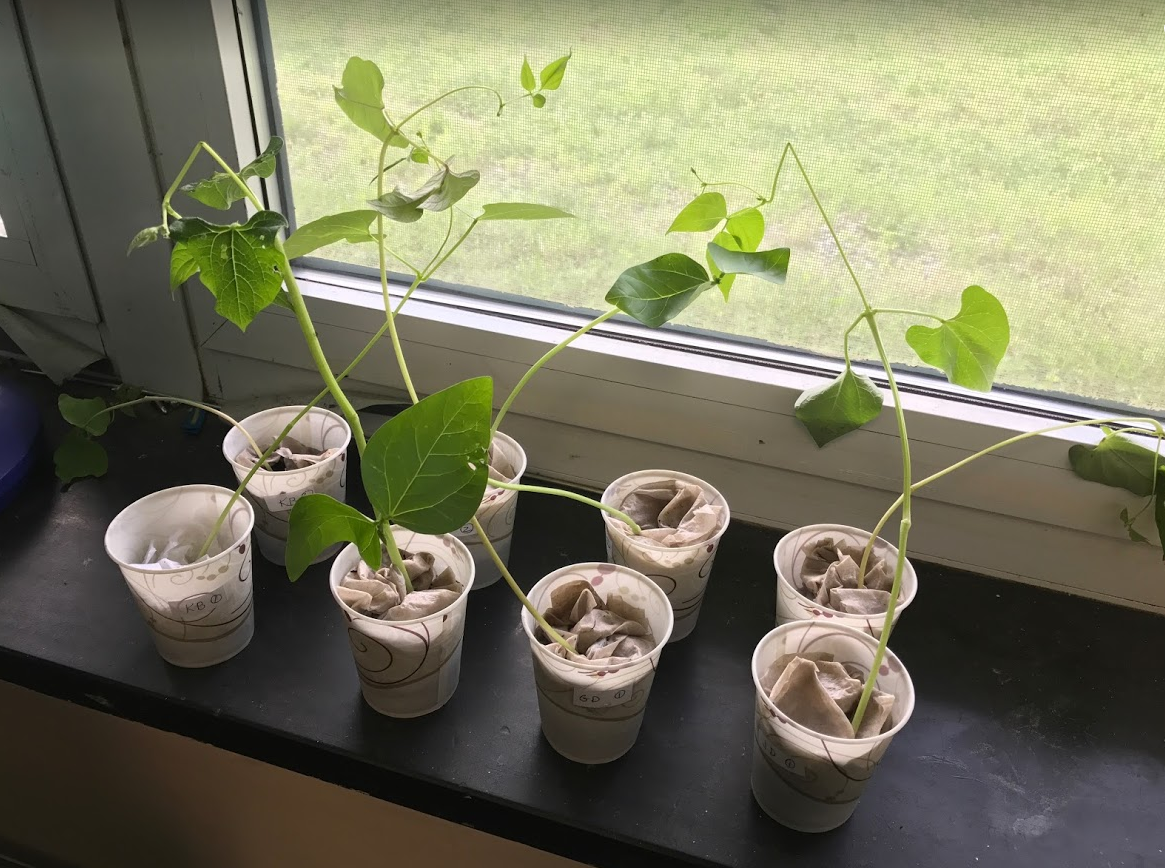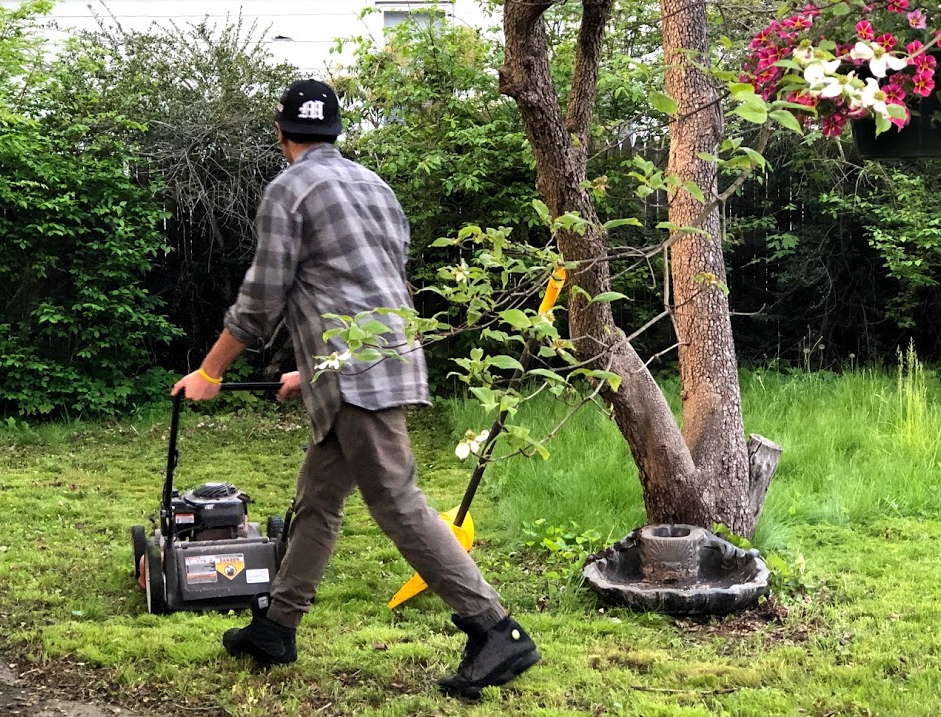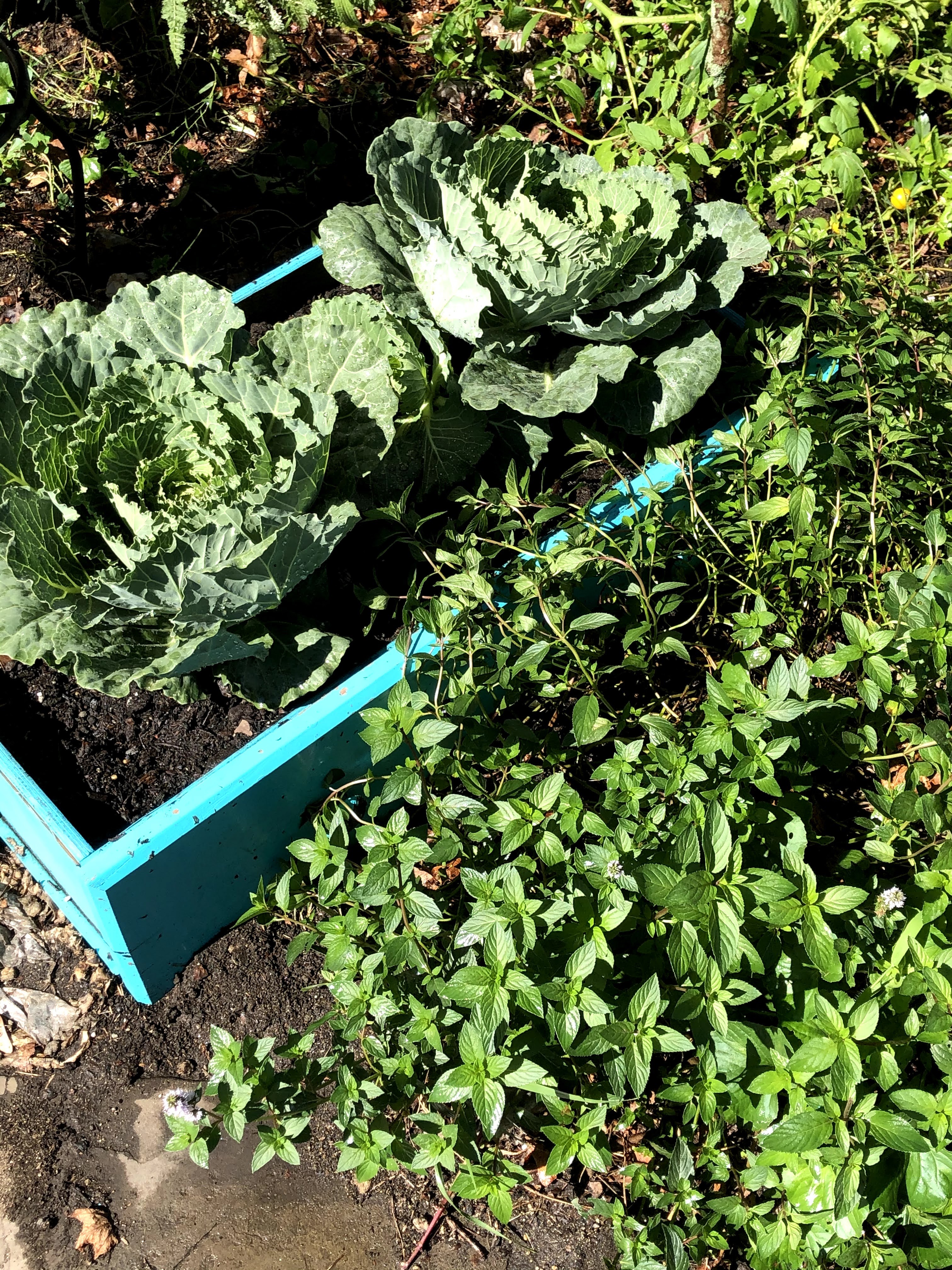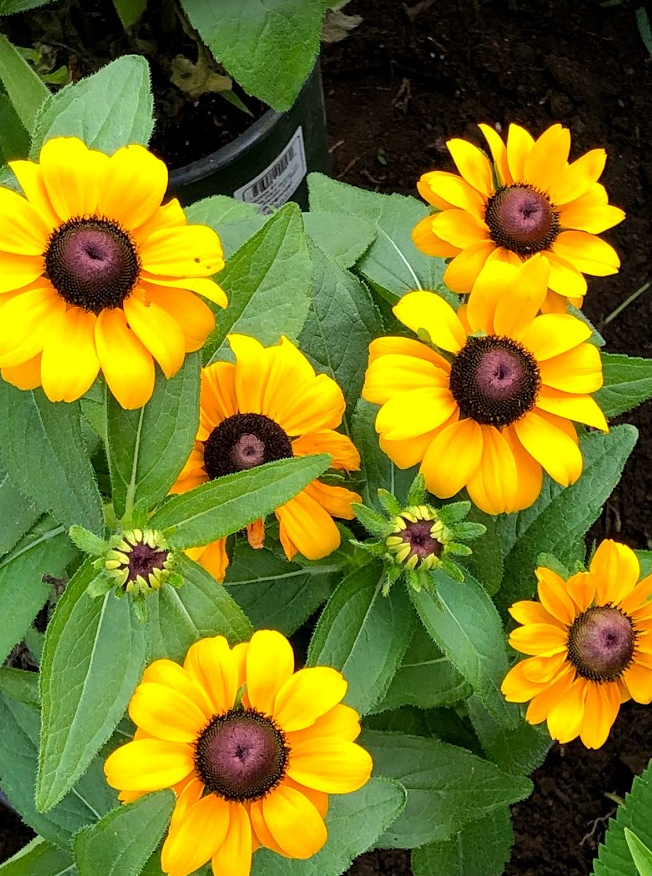In the post-pandemic world of education, technology has remained a player on the educational team. Sometimes, as an add-on. Sometimes, as a reminder of those dark days of remote learning that we’d all like to forget about (how many of you currently have a stack of Chromebooks sitting idly on a shelf in your classroom? I thought so…). In some cases, however, teachers learned how useful devices and tech tools can be in the classroom. Rather than adding technology to an existing curriculum, how powerful would these tools be if curricula were designed deliberately around authentic and meaningful use of these tools in teaching and learning!
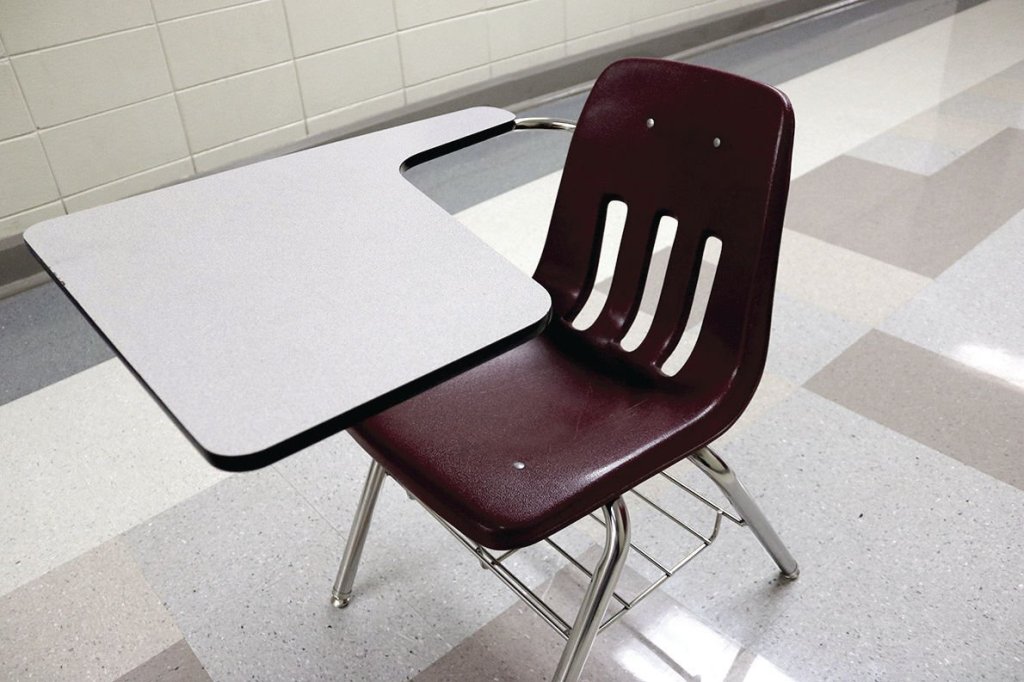
A Blended Course on Chronic Absenteeism
As the teacher goes, so go the students. Likewise, teachers adopt the values modeled by their administrators. To help develop administrator comfort with the deliberate use of technology in the classroom as they examine the state of chronic absenteeism in post-pandemic education, a blended course of professional development was developed, incorporating technology in an authentic way to research, collaborate, share learning, and showcase skill growth and development.
Challenges in Course Development
When I was teaching remotely during the COVID-19 pandemic, my students often complained of their computers lagging, stating that they couldn’t log on because their Internet connection was unstable or that they were having difficulty accessing applications’ features because they needed to adjust the settings on their devices. I will confess that I often thought they were trying to avoid work when they did this. Even when they weren’t, it was frustrating to plan for a lesson but not for troubleshooting technical issues.
The development of this course turned the tables, and I quickly learned the frustrations of my former students as I struggled to upload videos that took hours to create due to slow video processing on my ancient laptop or balked at having to use a digital tool with which I wasn’t familiar (change is hard). Through my struggles, I learned that proper development of a blended or virtual course necessitates that the curriculum developer anticipate where learners will have trouble and plan for them ahead of time. I was comfortable anticipating the learning curve issues and planning for explicit instruction on the tools and techniques needed to use the embedded digital resources. I feel less prepared for technical issues that might arise, and know that a high-quality blended or virtual course must be vetted by those who are experts in the hardware and software.
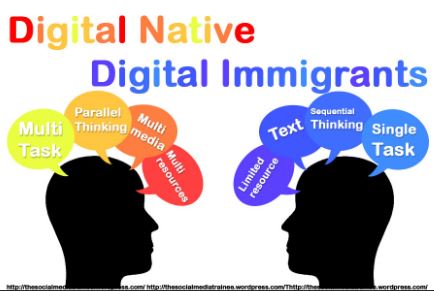
Another challenge for the proposed course will be the vast entry points of the targeted audience: school administrators. Most of the younger administrators are what some refer to as “digital natives” and have not lived a day without iPhones, the Internet, and Instagram (EU Business School, 2021). Some older administrators have become “digital immigrants” and have become decent or even expert users of the technology; many are well-versed enough to lead their colleagues in learning even more ways to use technology in the classroom. There are some, however, for whom any use of technology – even creating a table in Word – provokes anxiety. All of these will be represented in the targeted learner population for this course, and anyone facilitating it must recognize that there will be a need to reteach, review, rewind, and encourage.
Redesign for an Audience of Teachers
This blended course was designed for access by school administrators, and the audience for their final product, while not graded, was to be polished enough for public presentation to a variety of outside stakeholders, including Boards of Education, Parent-Teacher Organizations, the Superintendent of Schools, or the District Data Team. How could this course be redesigned for use by principals with school teachers? It is all about the change in focus from school attendance and whole-school strategies to classroom attendance and in-class strategies.
The role of the classroom teacher in student attendance is an important one. Classroom practices can push students away from school and entice them to come (FutureEd, 2019). For example, punitive classroom practices have increased the likelihood of a student’s absence from class. On the other hand, one of my students recently came to school a bit under the weather and, when asked why stated that it was “Tasty Tuesday,” and he had earned the privilege of ice cream for a special snack that day.

The course would be facilitated by the principal as currently written. The difference in the course when the participants are classroom teachers instead of administrators would be as follows:
- teachers would use local school data (historical and real-time) instead of the public, school-wide data posted online by the Departments of Education;
- teachers would be privy to more specific data regarding the reasons for individual students’ absenteeism and would be able to draw more accurate conclusions based on this;
- teachers would use the lives of their students as case studies, extrapolating to discuss trends and patterns on a larger scale (whereas the administrators would use the “big” state data to then interpolate what was happening at their own school levels.
In essence, the course itself might not change from its current design. The facilitator, however, would need to plan probing questions that were more aligned with teachers’ experiences in the classroom and have knowledge ahead of time regarding classroom strategies to encourage attendance rather than whole-school strategies. The circumstances are similar to those of a consultant who presents a series on co-teaching to multiple school districts, multiple grade levels, and multiple student demographics: the presentation keeps its core content, but you need to adjust your table activities and reflection questions to suit your participant group.
Concluding Thoughts
The development of this course was a challenging experience that stretched both my curriculum-writing muscles and my comfort with various educational technology. I had built my “toolbox” up during remote learning and was comfortable with many tools, but admit my experience did not include many video resources. I appreciated how the curriculum writing process started with just three lesson plans – something any teacher can do – then systematically had us, as participants, find ways to authentically incorporate different audio, video, collaboration, and design tools as we rewrote and revised our work. This is a masterful way to create a curriculum, starting with what is most comfortable and then gradually layering in more novel elements.
References
EU Business School (2021). Digital natives vs digital immigrants. EU Business School. https://www.euruni.edu/blog/digital-natives-vs-digital-immigrants/
FutureEd (2019). What can teachers do to improve student attendance? Teaching Channel. https://www.teachingchannel.com/blog/what-can-teachers-do-to-improve-student-attendance

